Maine heritage plants
quailstchr
18 years ago
Related Stories
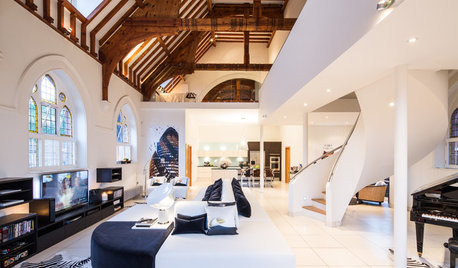
DECORATING GUIDESHouzz Tour: A Live-Work Space With a Heavenly Heritage
Soaring ceilings and wood beams inspire a designer creating her home and office in a converted historic church
Full Story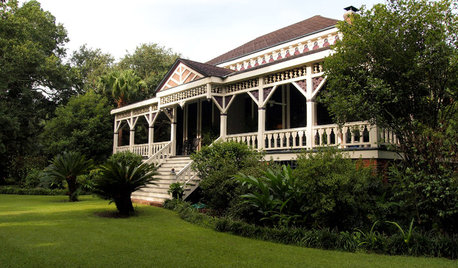
MY HOUZZMy Houzz: Heritage in a New Set of Hands at Louisiana Plantation House
A young couple put their stamp on a Victorian family home that's rich in history, heirlooms and Southern charm
Full Story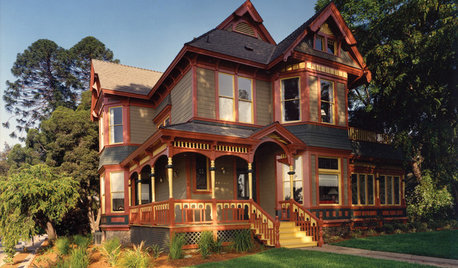
ARCHITECTURERoots of Style: Does Your House Have a Medieval Heritage?
Look to the Middle Ages to find where your home's steeply pitched roof, gables and more began
Full Story
HOUZZ TOURSHouzz Tour: Modern Design Merges With Hindu Heritage in Houston
Based on a traditional Hindu grid and with a gallery devoted to Ganesh, this home for 3 generations in Texas still speaks to modernism
Full Story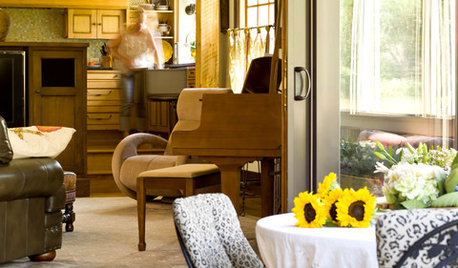
HOUZZ TOURSMy Houzz: European Heritage Animates an Illinois Home
An art-loving family pays tribute to their Lithuanian roots with one-of-a-kind traditional folk pieces and hand-crafted collectibles
Full Story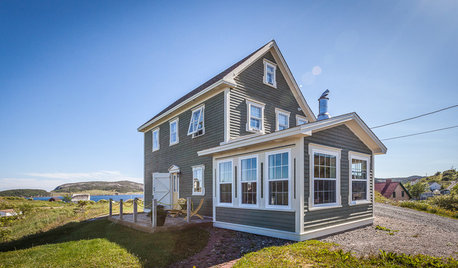
VACATION HOMESMy Houzz: Saltbox Charm in a Heritage Fishing Community
This rustic home and art studio in a 16th-century waterfront town blend in while showing personal style
Full Story
HOUZZ TOURSMy Houzz: Quirky, Colorful Vancouver Heritage Home
Wallpapered stair risers, a striped lime-green ceiling and creative artwork are just the beginning in this designer's 1910 home in Canada
Full Story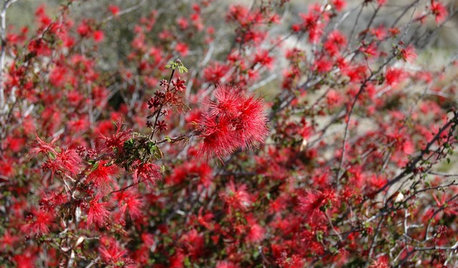
SHRUBSGreat Design Plant: Baja Fairy Duster, a Scarlet Stunner
Bright red puffball flowers are the main attraction here; consider the minimal care a bonus
Full Story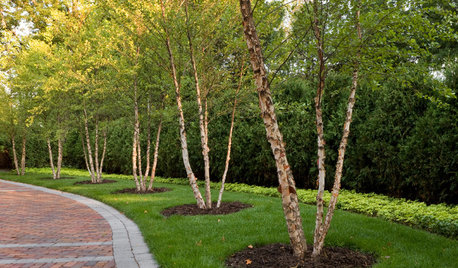
LANDSCAPE DESIGNGreat Design Plant: River Birch
Pick this rugged native tree for its intriguing peeling bark, soil adaptability or leaves that bring dappled shade to a garden
Full Story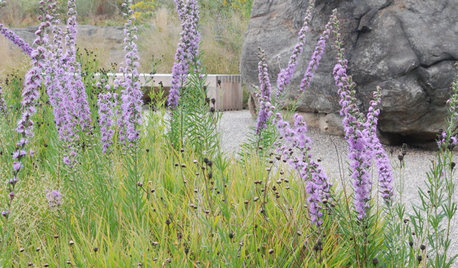
INSPIRING GARDENSNative Plants Inspire and Educate at NYC's Botanical Garden
Stroll through the new Native Plant Garden with us to get great ideas for plant choices and sustainability
Full StorySponsored






mainerose
quailstchrOriginal Author
Related Professionals
Allentown Landscape Architects & Landscape Designers · Camas Landscape Architects & Landscape Designers · Milwaukee Landscape Architects & Landscape Designers · Salem Landscape Architects & Landscape Designers · Tomball Landscape Architects & Landscape Designers · Frisco Landscape Contractors · Broadlands Landscape Contractors · Damascus Landscape Contractors · Paso Robles Landscape Contractors · Salmon Creek Landscape Contractors · Conyers Siding & Exteriors · Lenexa Siding & Exteriors · Longmont Siding & Exteriors · Shoreline Siding & Exteriors · Lansing Siding & Exteriorsmainerose
quailstchrOriginal Author
sparrowhawk
eden_in_me
lilyroseviolet
ginny12
suenh
eden_in_me